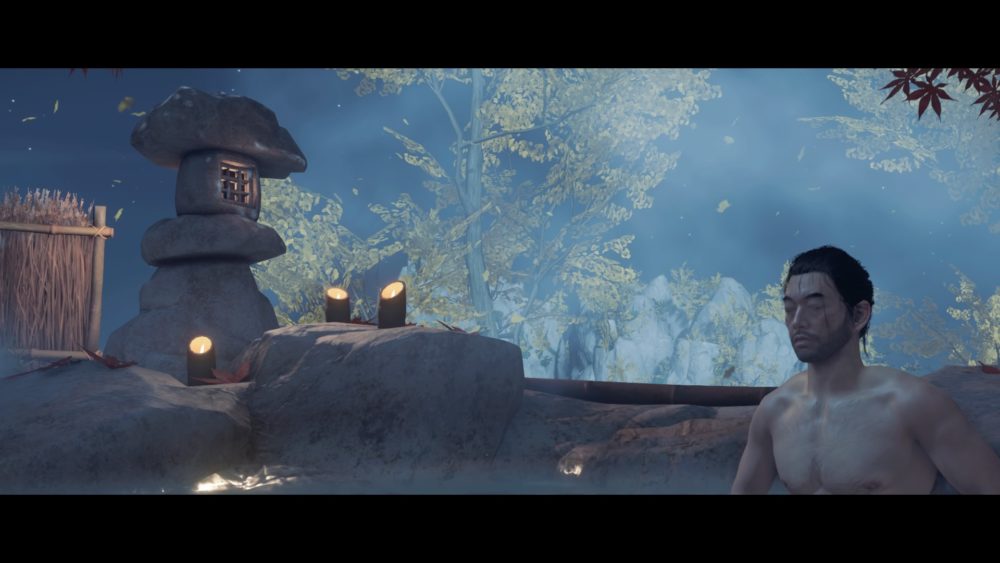This is not an easy game to pick up and play. The Ghost of Tsushima is entrenched in the samurai culture of Japanese cinema and fiction and so presents a journey that is measured, methodical, and meditative. It uses a complex combat system with many button combinations across a variety of different weapon systems, beyond swords and bows, and uses a deep skill tree of upgrades and enhancements to collect and customize. All good things I assure you, but because you’re dropped right into the thick of it at the beginning with the briefest of tutorials, it can be a lot to learn and get comfortable with. Those who aren’t used to the atmosphere of feudal Japan stories, with it’s careful pacing, social protocols, and sense of ritual may find taking it all in a bit much.
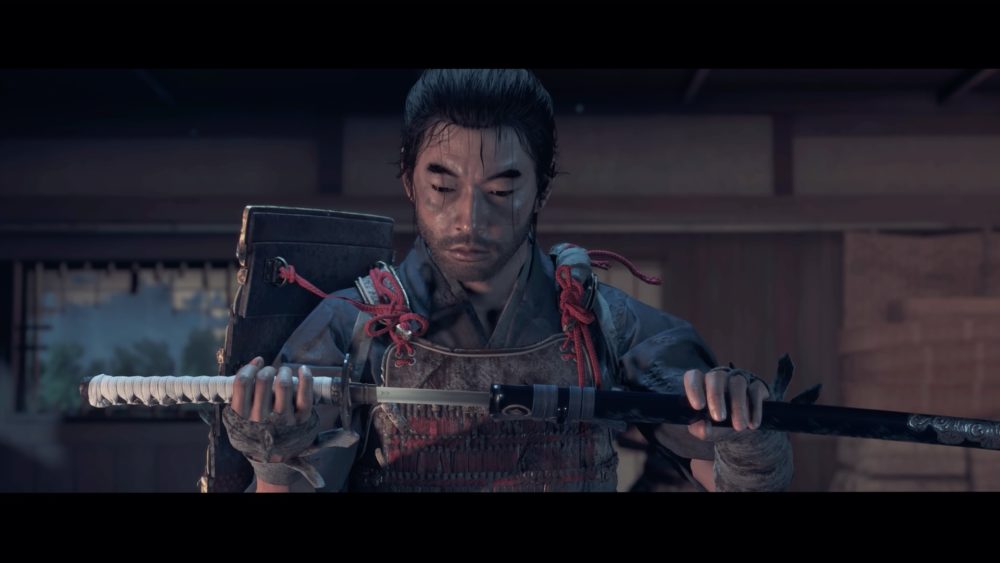
Once you get settled in there is a very familiar organization, the kind used in everything from Batman to Assassin’s Creed games that is sure to be comforting. The Mongol Horde has invaded Japan and after barely escaping one of their devastating attacks, samurai Jin Akai sets out to rally his clan’s allies, rescue his uncle, and drive the Horde out. That progression is laid out across a map with each ally representing a set of quests you need to finish to gain their help. Completing each group of quests both unlocks new weapons and skills, but makes that part of the map safe too. Finish one section of the map and you’ll advance to the next with another set of allies and quests and so on until you head to the major conclusion with the Khan.
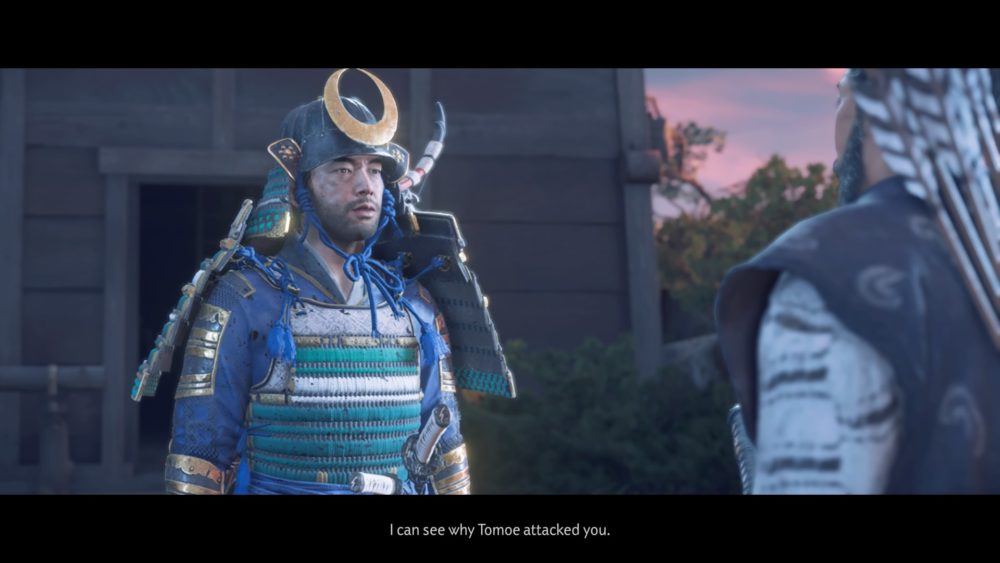
Where the game excels is in offering different approaches to solving conflict. Yes, you can charge in on foot or horseback or you can slip in under the shadows like an assassin. You can survey a village or fortification and trigger wasp nests or fires to create chaos before you begin. You can call out the lead soldier for a duel before the fighting breaks out or climb to the top of a hill and snipe the guards with a bow. From execution techniques to explosive powder bombs there’s always something new to try.
That these choices fit into a discussion of what is appropriate behaviour for a samurai, given the discipline of their code of honour, is entertaining given how little the conventions of video games can fall into an honourable taking of life.
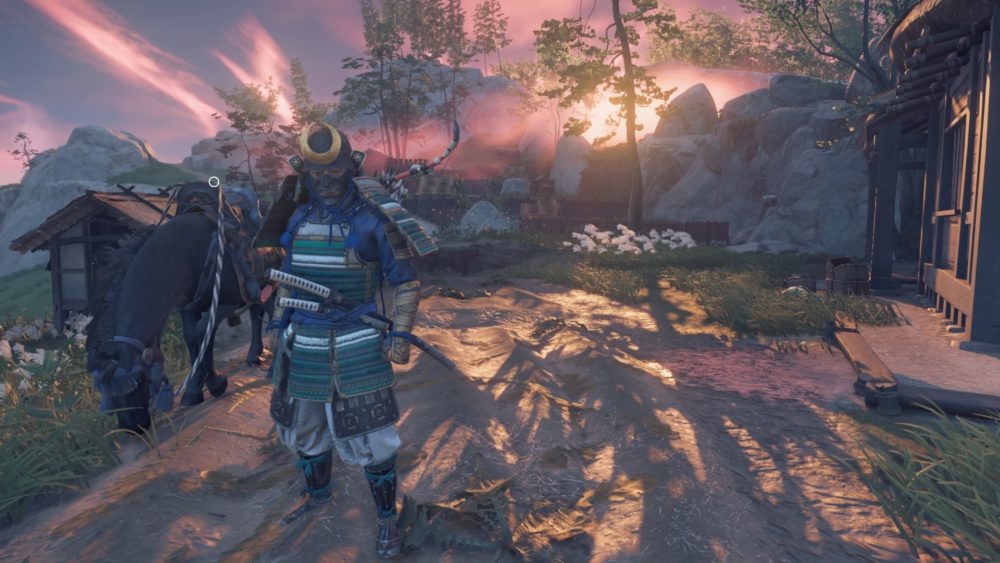
The game is quite beautiful, both in the sense of fields of flowers and the way they sway under a wind that seems alive, but also in the village life you encounter and the shrines atop cliffs that hide secrets you’ll only find if you follow the mystical appearance of a golden bird or fox. I love that you can pull out a flute to play music and that there are peaks where you can compose a haiku, hot springs where you will be rejuvenated, and bamboo strikes to test your mastery of the katana.
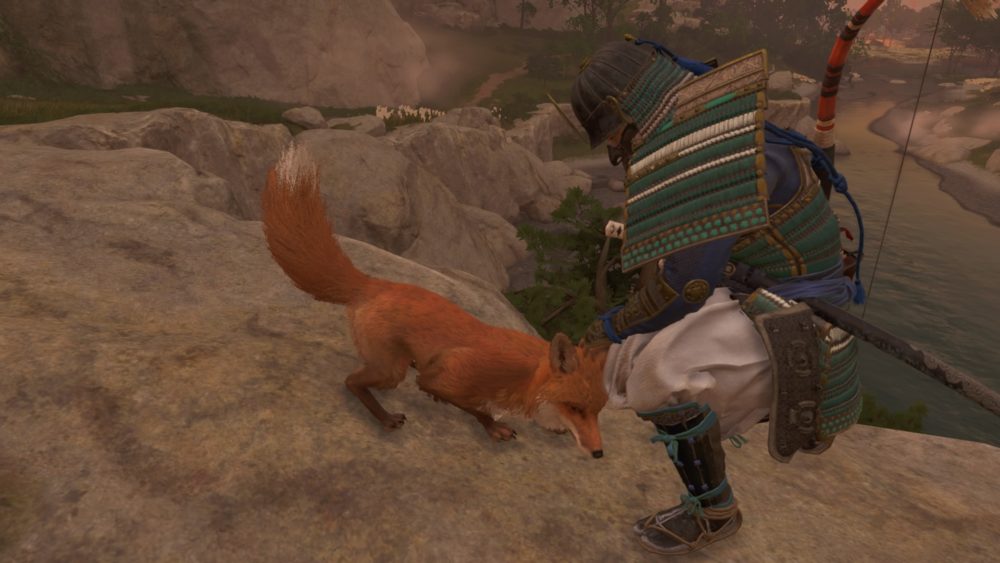
This is the kind of game where it can be just as rewarding to ignore the main story, where the roads are full of bandits to clear, villagers have interesting side quests, and many artisans eager to customize your traveller’s attire. There’s even a Kurosawa filter you can turn on to give the game the look of movies like Yojimbo or The Seven Samurai.
This is a game that asks a lot of players, but it delivers a detailed, layered experience that makes it worthwhile.
